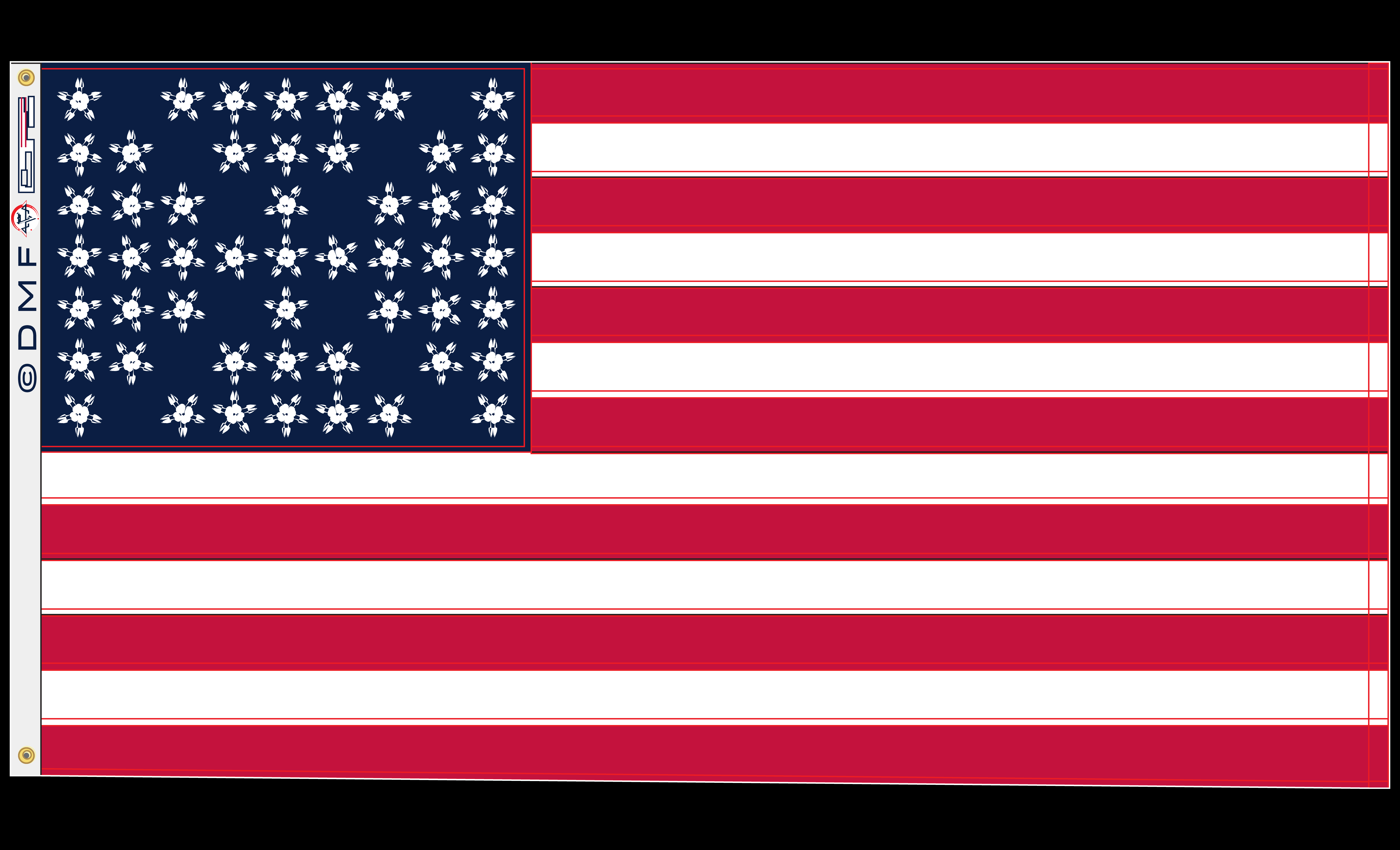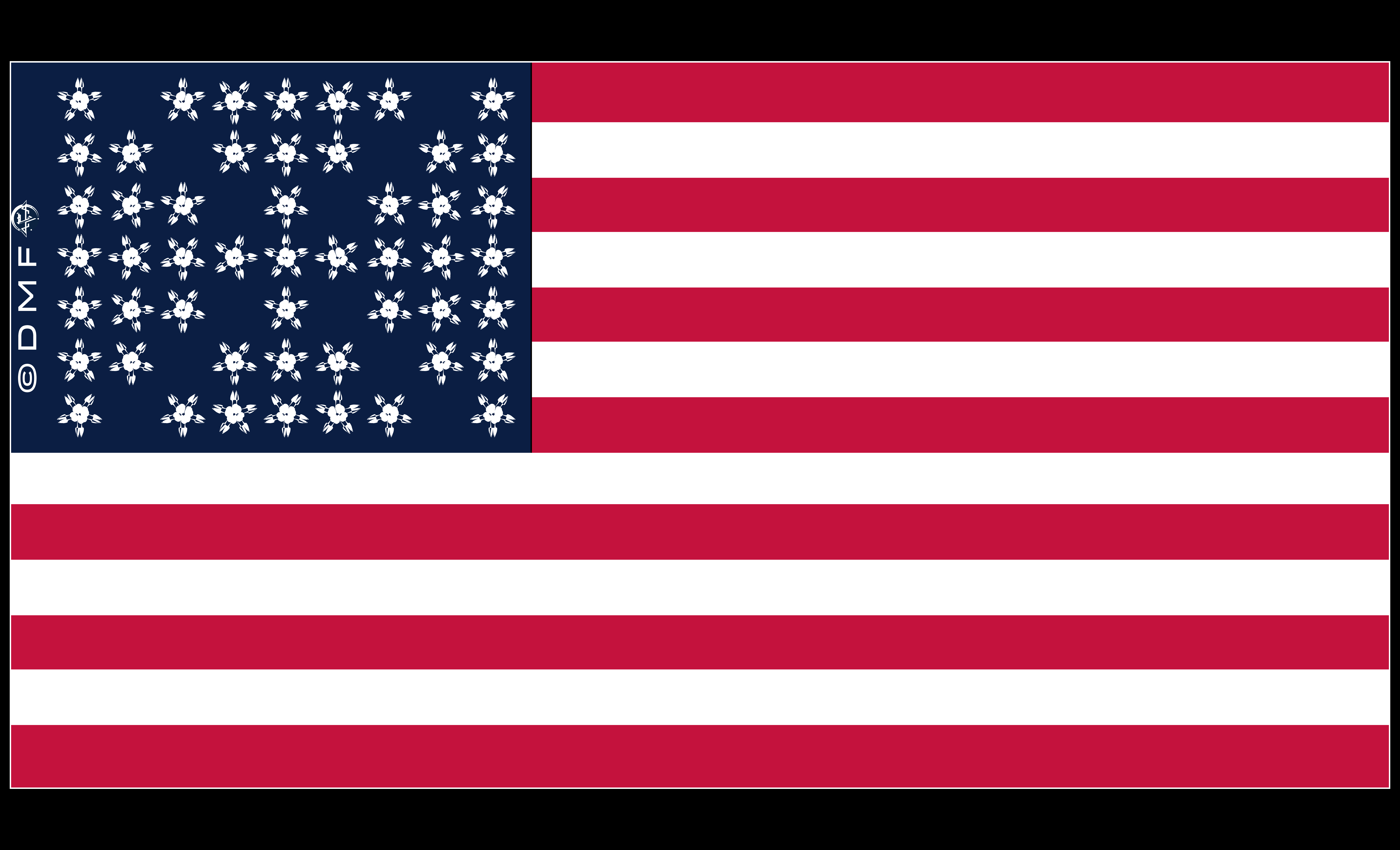HOME | DD
 MorgansShipyard — PFS Anchorage, 1939
MorgansShipyard — PFS Anchorage, 1939

#cruiser #shipbucket #alternatehistory #alternateuniverse #warship #lightcruiser
Published: 2022-02-11 04:02:36 +0000 UTC; Views: 3620; Favourites: 25; Downloads: 16
Redirect to original
Description
Anchorage was a largely unexceptional light cruiser of the early 1930s, built to expand the cruiser fleet of the Pacific Federal Navy. While partially based on the Northampton-class heavy cruisers languishing incomplete at Puget Sound and Mare Island, Anchorage was much closer in appearance to HMS Leander of the Royal Navy, with her four twin turrets arranged in superfiring pairs and small superstructure. Both ships had a similar main battery, although Anchorage’s 6”/53 rifles were spares taken from Omaha-class vessels- an interim measure until facilities could be constructed for larger naval gun production. Both ships also had similar protection; 76mm armor covered their vital machinery and magazines, with a 25mm deck. The biggest difference between these ships was their auxiliary equipment and secondary batteries; Leander’s four 102mm guns were substantially lighter than Anchorage’s eight 127mm weapons, and Anchorage lacked Leander’s aircraft facilities, relegating her to a fleet defense role.
Laid down in 1929 and completed in early 1932, Anchorage was commissioned to great fanfare, as she was the Pacific Federal Union’s largest domestically built ship to date. Several issues were identified with the ship; much of her structure was relatively weak and the heavy secondary battery caused moderate topweight issues (though not nearly as bad as those of the Northampton-class ships, which were extensively reconstructed even before commissioning). Despite this, her designers considered the ship a success; she sailed well and met all design requirements. Anchorage’s early service was unremarkable, often serving as the ship of choice for diplomatic visits, sent as far afield as New York and London. In 1937 she was brought into Mare Island Shipyard for a refit, where she received new 20mm antiaircraft guns and a new fire control system. It was in this configuration that she would enter the War in the Pacific. Anchorage, her sister San Francisco and Destroyer Squadron 16 (collectively termed Task Force SP-4) would fight a series of running battles against the IJN as they desperately attempted to stem the tide in the Micronesian campaign, but ultimately retreated in the face of enemy air supremacy after losing three destroyers. Anchorage would not survive long into the war; the Japanese heavy cruisers Takao and Atago, with six escorting destroyers and two light cruisers, caught up to her as she fled south through the Solomon Islands and rendezvoused with the HMAS Perth and her escorts (coincidentally, the ex-HMS Amphon) to retreat to Australia. The resulting Battle of New Georgia Sound was an unmitigated defeat for the Allied forces, with all but three ships sunk by a combination of Type 93 torpedoes and gunfire; however, the combined fire of Anchorage and Perth detonated Atago’s torpedoes and paralyzed her main battery, allowing Arunta, Caldwell and San Francisco to escape to Darwin.
Yeah, I'm not dead. Just been busy. Gonna continue prewar Pacifican ships; next few ones ought to be interesting.
Related content
Comments: 7

👍: 0 ⏩: 0

👍: 0 ⏩: 0

👍: 1 ⏩: 1

👍: 2 ⏩: 1

👍: 1 ⏩: 1

👍: 1 ⏩: 0

👍: 1 ⏩: 0























